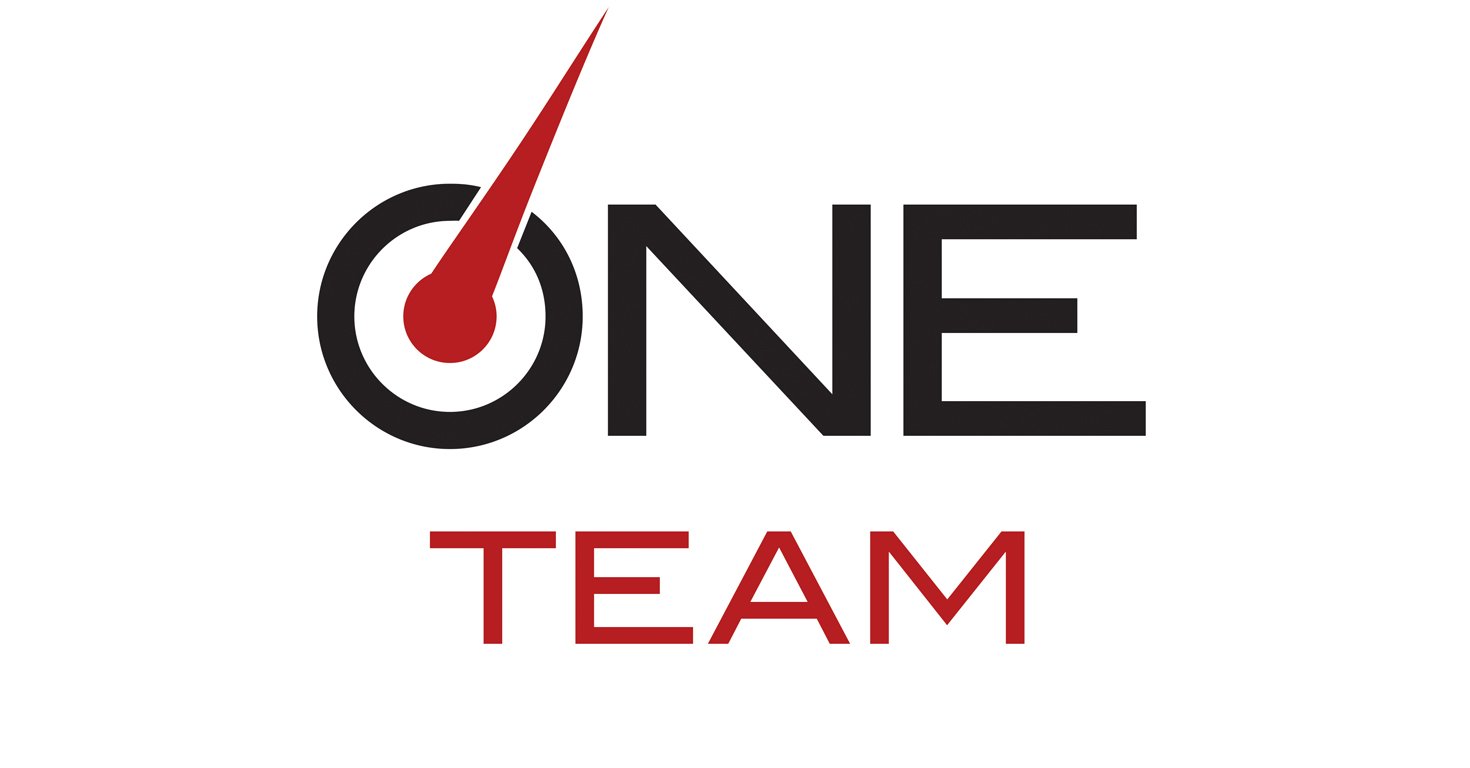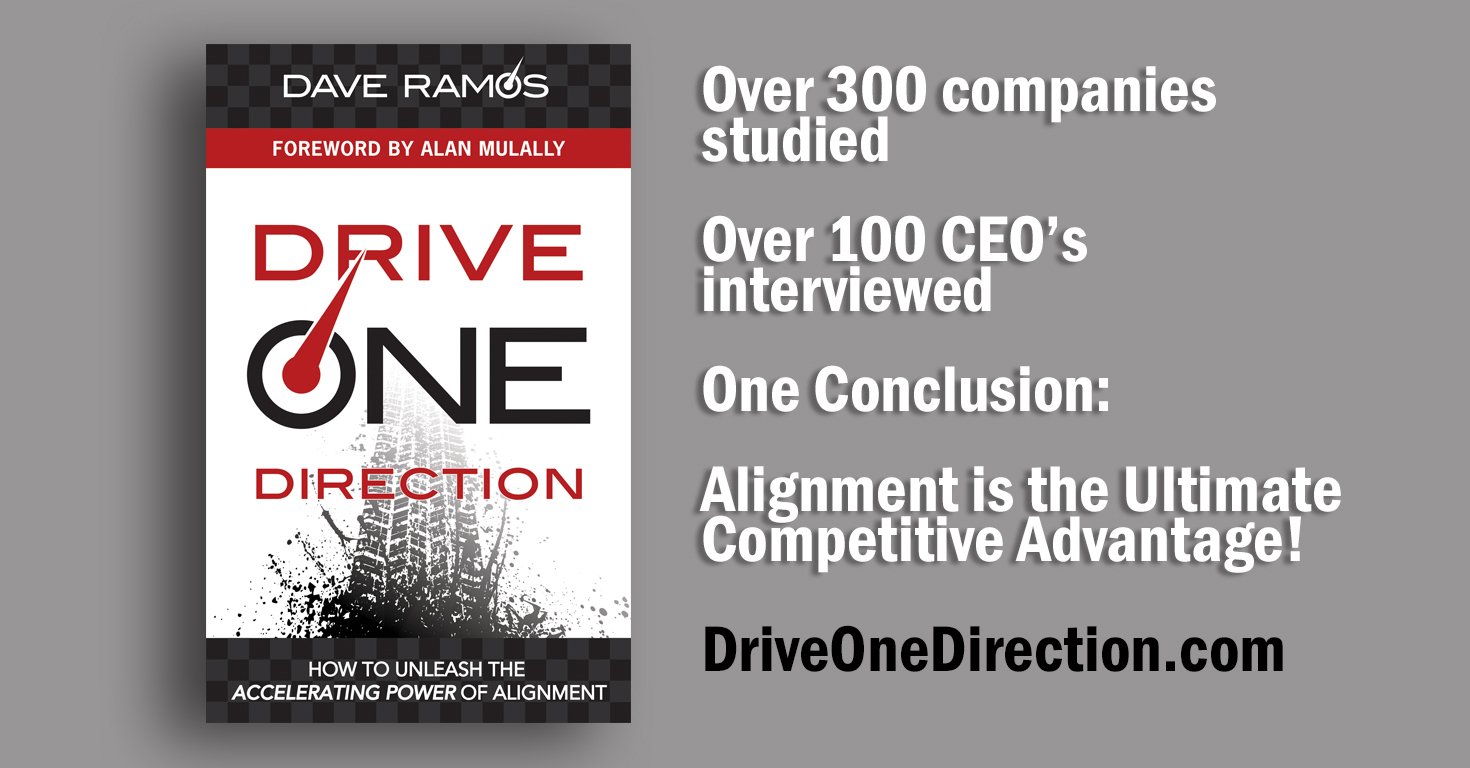
Note: This is an excerpt from my latest book, Drive One Direction: How to Unleash the Accelerating Power of Alignment. In the One Way chapter, we highlight companies who unleashed the accelerating power of alignment with an intense focus on their corporate standards.
Starbucks (NASDAQ: SBUX) has 254,000 employees working in 24,000 retail stores in 70 countries.
Although there are roughly 100,000 permutations of drinks, there is only One Way to make each One.
Coffee has always been my favorite beverage. So, when Starbucks barged on the scene in the early ’90s, I was an early adopter. I have lost count of how many Starbucks I have visited in my life. Countless portions of this book have been written in Starbucks coffee shops around the world.
In the beginning, we all had to learn how to “speak Starbucks.” Does “decaf” come before or after “grande”? Is it “two pump no whip” or “no whip two pump?” What’s the difference between a cappuccino and a Frappuccino®?
Some people never became fluent in Starbucks and are embarrassed to go there.
Most people, however, have developed a basic level of Starbucks ordering competence.
As I am sure you have experienced, they also have a very specific process to ensure that your order is properly communicated to the barista. It is called the “Starbucks® Beverage Calling & Cup Marking System,” and even specifies that a black permanent marker be used to write beverage identification codes on cups.
And of course, they had to teach all their baristas how to make all those drinks.
My sense is that being a Starbucks barista is a lot harder than most people think. They must memorize the Starbucks beverage manual, which contains the exact specifications for every drink. And these specifications are extremely specific.
Did you know:
- Beverage temperature is between 150oF and 170oF not including Americanos. (Unless you order it extra hot.)
- An espresso shot should be 15–19 seconds for Verismo and 18–23 seconds for La San Marco.
- Blended beverages should be poured into the cup within 10 seconds of blending.
All of this is designed to fulfill The Starbucks Promise: “Your drink should be perfect, every time. If not, let us know and we’ll make it right.”
In order for Starbucks to fulfill their mission and deliver on their brand promise, they had to develop strict corporate standards.
There is only One Way to make a double-tall skim latte—my go-to drink.
Does your company have specific process standards for every product?
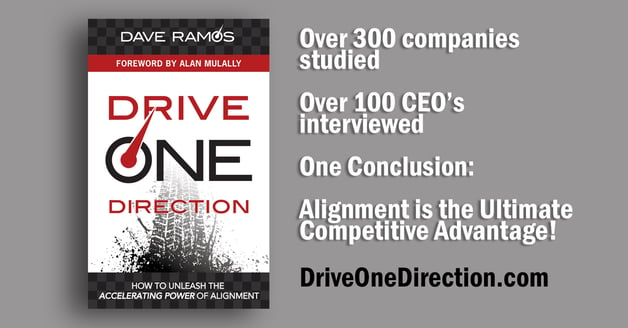

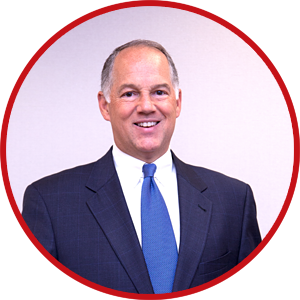

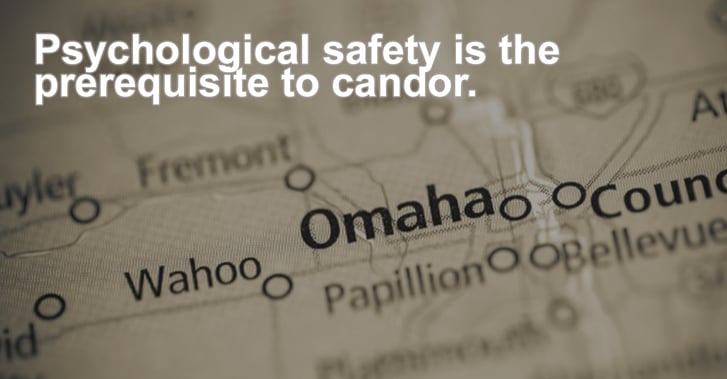
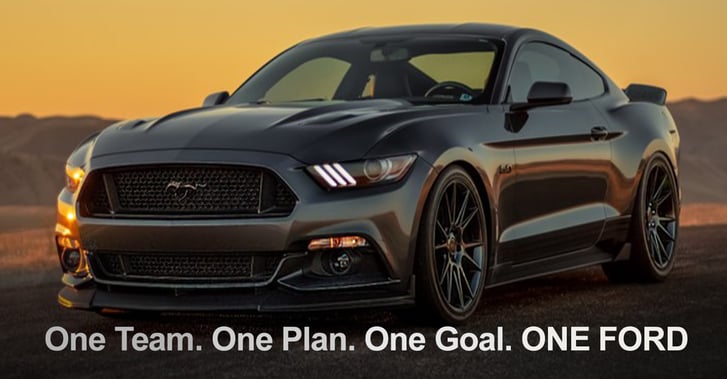
 Every team has people.
Every team has people. 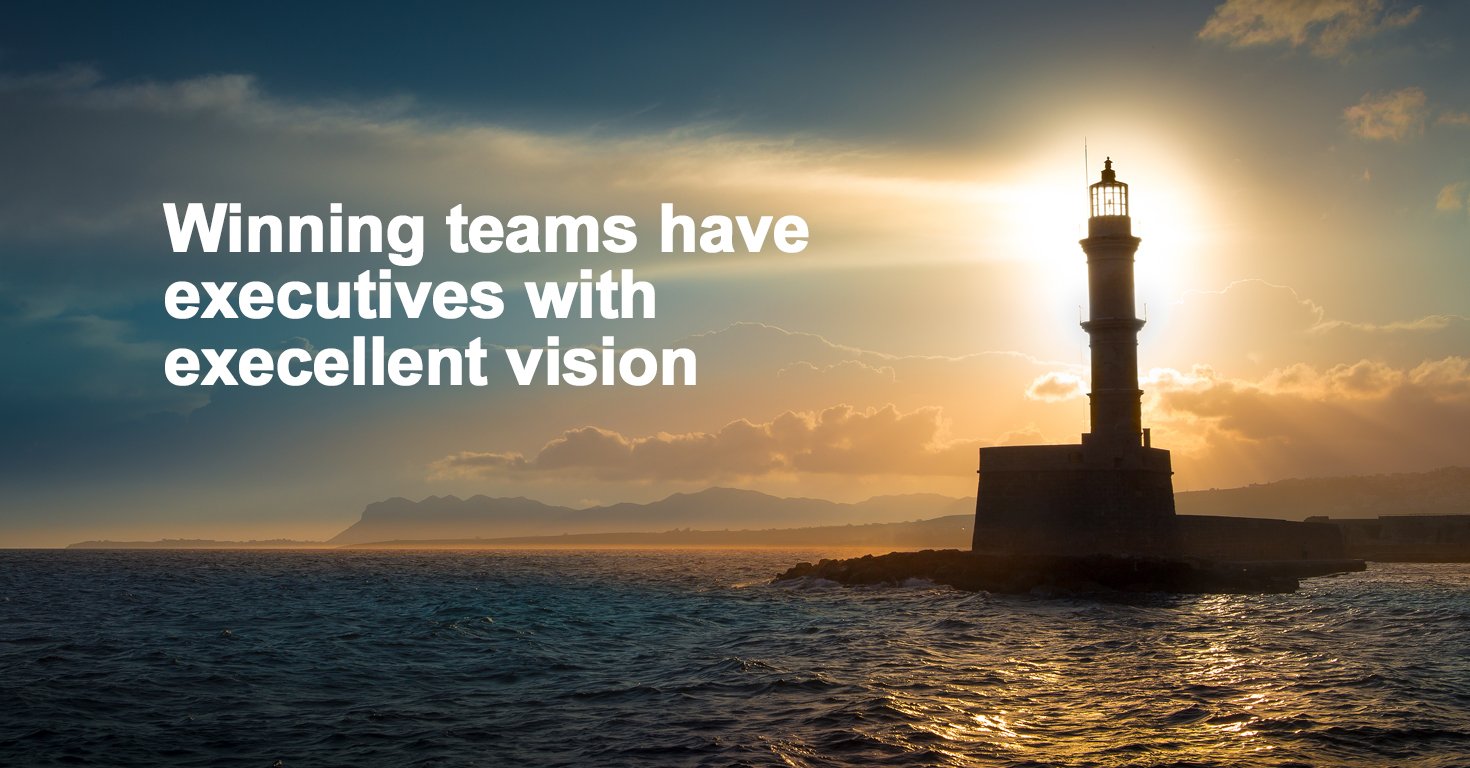 Every company has a vision.
Every company has a vision.